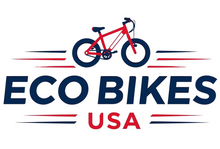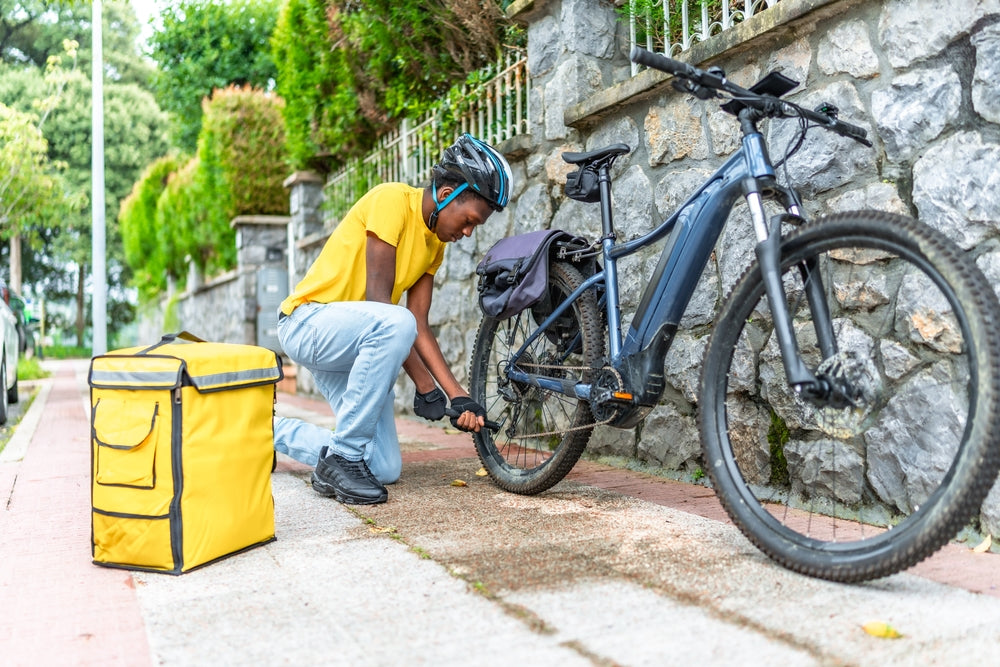You're looking at bikes. Maybe for commuting. Maybe for exercise. Maybe just to save money on gas. But now there's a choice: electric or traditional?
The difference matters more than you think.
Let's break down what sets these bikes apart and help you figure out which one fits your life.
What Makes Electric Bikes Different
Electric bikes look like regular bikes. But they have a motor. And a battery.
That motor kicks in when you pedal. It doesn't replace pedaling. It just makes it easier. You still work your legs. You just don't work them as hard.
Most e-bikes can hit 20 to 28 mph with motor assist. After that, the motor cuts out and you're on your own.
Traditional bikes? Just you and your legs. No motor. No battery. Pure human power.
The Cost Question
Here's where it gets real.
Traditional bikes cost less upfront. You can find a decent one for $300 to $1,000. High-end road bikes can reach $3,000 or more, but most people don't need those.
Electric bikes start around $999 and go up from there. The Lectric XP4 sits at that entry price. Mid-range models like the Aventon Level 3 cost $1,899. Premium options can hit $10,000.
But price isn't just about buying. It's about maintaining.
E-bikes need battery replacements every few years. That's $400 to $800. They also have electrical components that can break. Traditional bikes? Cheaper to fix. No battery. No motor. Just chains, brakes, and tires.
Speed and Distance
Electric bikes win here. No question.
The motor helps you keep a steady pace. You don't get tired as fast. You can ride longer. Studies show e-bikes let people travel 35 to 60 miles on a single charge, depending on the model and assist level.
Traditional bikes? Your distance depends on your fitness. Most casual riders can handle 10 to 20 miles. But hills slow you down. Wind wears you out.
And commuting matters here. An e-bike gets you to work without sweating through your shirt. A traditional bike? You might need a shower when you arrive.
Fitness Benefits
This is where people get confused.
Yes, e-bikes have motors. But you're still pedaling. You're still getting exercise. Research suggests e-bike riders actually ride more often because it's not as exhausting. More rides means more exercise over time.
Traditional bikes give you a harder workout. Every hill is a challenge. Every mile burns more calories. If pure fitness is your goal, traditional bikes push you harder.
But here's the thing: the best exercise is the one you actually do. If an e-bike gets you riding five days a week instead of two, that's more fitness than a traditional bike sitting in your garage.
Maintenance Reality
Both bikes need maintenance. Chains wear out. Brakes need adjusting. Tires go flat.
But e-bikes add complexity.
The motor and battery need care. Software needs updates. Electrical connections can fail. And when something goes wrong with the motor, you need a specialist. That costs more than a regular bike shop visit.
Traditional bikes are simpler. Any bike shop can fix them. Parts are cheaper. You can even learn to do basic repairs yourself with a few YouTube videos.
Weight and Portability
Traditional bikes are lighter. Most weigh 20 to 30 pounds. You can carry them up stairs. Load them on a car rack. Store them easily.
E-bikes are heavy. The Aventon Aventure 3 weighs 77 pounds. Even lighter models like the Aventon Soltera 2.5 hit 46 pounds. That's hard to move without riding it.
If you live in an apartment or need to carry your bike often, weight matters.
Rules and Regulations
This varies by location.
E-bikes have class systems. Class 1 provides assist up to 20 mph, pedal-only. Class 2 adds a throttle. Class 3 goes up to 28 mph. Some trails and bike paths don't allow certain classes. Some cities require helmets for e-bikes.
Traditional bikes? Fewer restrictions. You can ride them almost anywhere bikes are allowed.
Check your local laws before buying an e-bike. What's legal in one state might not be in another.
Environmental Impact
Both bikes beat cars. By a lot.
Traditional bikes have zero emissions. No battery to dispose of. No electricity usage. They're as green as transportation gets.
E-bikes need electricity to charge. But compared to cars, they use a tiny amount. The battery eventually needs recycling, but newer lithium batteries are getting better at this.
If you're replacing car trips, both bikes help the environment. But traditional bikes edge ahead on pure environmental impact.
Comparison Table
| Feature | Electric Bike | Traditional Bike |
|---|---|---|
| Price | $999 - $10,000+ | $300 - $3,000 |
| Weight | 46 - 77 lbs | 20 - 30 lbs |
| Top Speed | 20 - 28 mph (assisted) | 15 - 25 mph (varies by rider) |
| Range | 35 - 60 miles per charge | Limited by rider fitness |
| Maintenance Cost | Higher (battery, motor, electronics) | Lower (mechanical parts only) |
| Workout Intensity | Moderate (adjustable assist) | High (no motor help) |
| Best For | Commuting, long distances, hills | Fitness, short trips, simplicity |
| Environmental Impact | Low (uses electricity) | Lowest (zero emissions) |
| Portability | Difficult (heavy) | Easy (lighter) |
Which Bike Should You Choose?
Get an electric bike if you:
- Commute more than 5 miles each way
- Face steep hills regularly
- Want to arrive without sweating
- Have physical limitations but want to stay active
- Need to carry cargo or kids
- Want to replace car trips
Get a traditional bike if you:
- Want maximum fitness benefits
- Have a tight budget
- Ride short distances
- Need something lightweight
- Prefer simpler maintenance
- Don't want to worry about battery range
What This Actually Means
Both bikes work. Both get you places. Both beat sitting in traffic.
The question isn't which is better. It's which fits your life.
If you live at the bottom of a big hill and need to get to work 10 miles away, an e-bike makes sense. If you're riding 3 miles on flat ground for exercise, save your money and get a traditional bike.
The best bike is the one you'll actually use. Think about your daily reality. Your commute. Your fitness level. Your budget.
Then make the choice that gets you riding.





